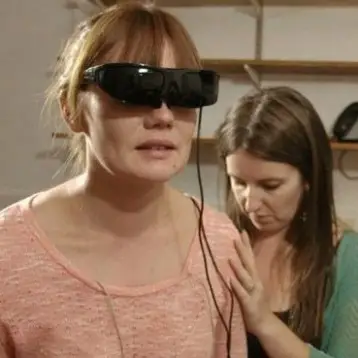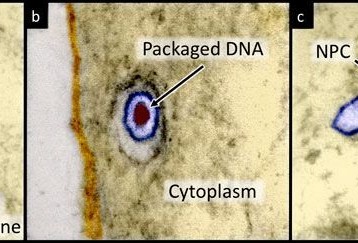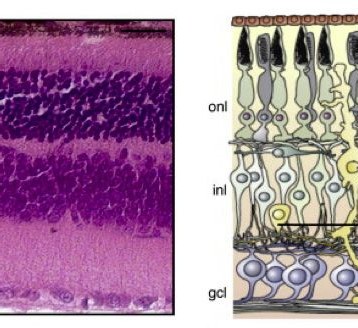|
The large-scale project was undertaken by teams from the University of Maryland School of Medicine, UW-Madison, and the J. Craig Venter Institute. The researchers have recently reported the sequences for all 99 known strains of the common cold virus, rhinovirus. Their results expose the molecular mechanisms behind the most frequently encountered viruses – those that make us sneeze and cough every winter. The research, which aims to provide a better understanding of viruses, focused on the evolution, three-dimensional structure, and most crucially, the ‘vulnerable spots’ of a virus.
“We’ve had bits and pieces of these things for a long time,” says Ann Palmenberg, of UW-Madison’s Institute for Molecular Virology and the lead author of the new study. “Now, we have the full genome sequences and we can put them into evolutionary perspective.”
The common cold is a highly contagious pathogen, which humans are often exposed to. Each year adults may get infected two to four times and children can catch cold up to 10 times in one year. While a lot is known today about the virus, its genetic mechanisms have until now remained unknown.
A genetic sequence can be described as a blueprint that carries all the information necessary for an organism’s life and replication. Knowing an organism’s full DNA sequence can tell scientists the organism’s place on the evolutionary ladder, and for pathogens and viruses it can be used to predict the potential virulence of new emerging agents of disease. It can also point to the organism’s vulnerabilities. In the case of a virus, for example, it may show which cell receptors the virus binds to and how it acts within the cell. This knowledge can be used to design drugs that effectively stop the virus from performing those functions and thus prevent the disease.
|
One may think the common cold is merely a nuisance, not worth the money invested in the development of a drug to prevent it. However, these drugs could be critically important for some very young and old patients with weak immune systems. Moreover, the cold is known to trigger asthma attacks at all ages. The new sequences, scientists say, may help uncover the causes of asthma since recent studies suggest a rhinovirus infection in younger children can induce the immune system to develop asthma by adolescence.
TFOT has recently covered the sequencing of miRNA’s at the Hebrew University of Jerusalem, which led to a better understanding of viral cellular targets. We have also covered a monitoring vest, which was developed at the Georgia Tech Research Institute and may help understand asthma.
You can read more on the rhinovirus DNA sequencing on the UW-Madison website.
Image icon credit: National Institute of Allergy and Infectious Diseases











